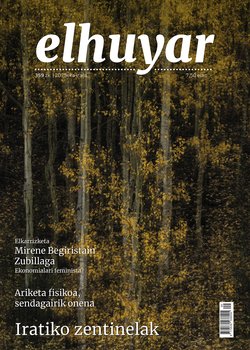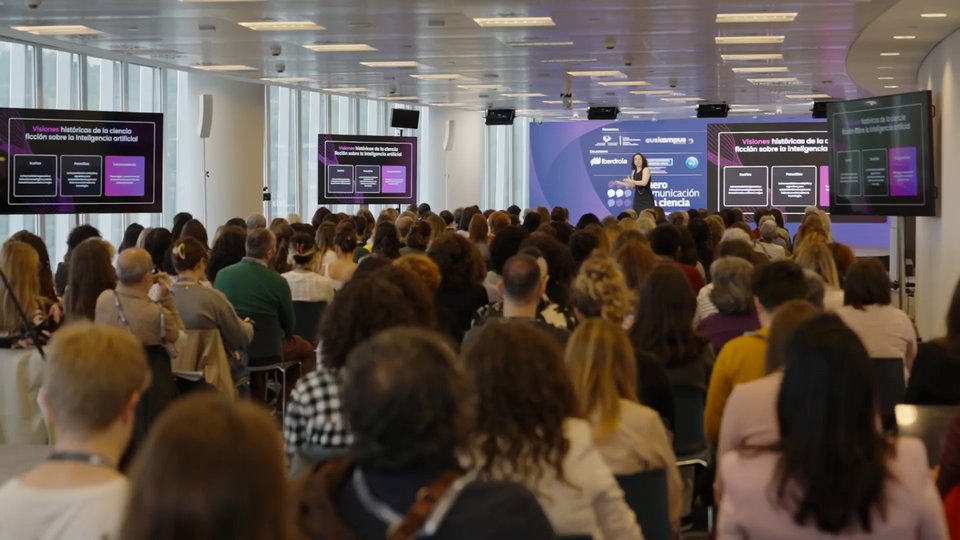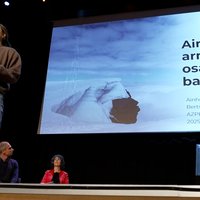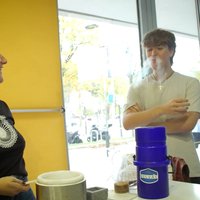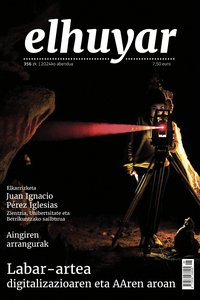The reverse engineering
Presentation:
In engineering in general, the work processes have a logical order: after thinking conceptually, in the computer these ideas are developed virtually and, finally, the product is produced. In reverse engineering, however, the path advances backwards; that is, an object or piece that physically exists becomes virtual. This is what the Product Design Laboratory of the University of the Basque Country does. This laboratory is located at the Faculty of Engineering of Bilbao.
THE REVERSE ENGINEERING
80% of the parts used in the industry are not in computer CAD format. Reverse engineering can be used when there is no digital model, and/or even when improvement is desired. This technique is also very useful to be able to recover both machines and tools that do not have a plane.
In the Product Design Laboratory of the University of the Basque Country, they are equipped with a laser scanner, a device that reads image data. In the entire Spanish state, there are only 5 of them, of which we have 3 in the Basque Country.
FROM THE COURT: There are scanners in the world with greater precision, but with great limitations of use, since they do not allow movement and the laser scanning phase is usually very unstable: it does not even allow temperature changes.
The Product Design Lab Scanner is mobile; that is, it can scan any part in any position, as it can be moved manually. It can also scan large objects in pieces.
FROM THE COURT: We have also scanned a car; first by making a general scanner, and then for greater accuracy, by scanning the parts individually and grouping all the parts by software, good results are obtained.
The scanner uses laser technology to digitize the surface of the object. Before the scanner starts to be used, the skin color and texture of the object to be rendered virtual are identified.
To allow the scanner to view shapes, references are added to the object to be digitized, thereby attaching a reference system to the object.
The laser beam travels across the surface of the object, and the scanner reads the coordinates of the points on the surface. It can read up to 18,000 points per second, so it can scan the entire surface of the object in a matter of minutes. During the completion of the scanning, the completed set of points is displayed on the computer screen, which is referred to as the point cloud.
The received points are processed and the scanner completes the point cloud. In this way, the accuracy and other characteristics of the point cloud can also be changed, and unnecessary noise or data typically contained in the original point cloud can be eliminated.
FROM THE COURT: With this scanner, the longer the scanning phase is, the better the received information is, since the scanner is able to interpolate the data. In other apparatuses, however, more information is generated by scanning more, but the results are not better because too much information is generated, including noise in the middle.
To work with this acquired point cloud, they use Geomagic software, developed by the University of Laval in Quebec. This software corrects possible holes and errors of the point cloud. It also allows to transform and improve the model: it is possible, among other things, to correct errors that the original object contains or to add new components to the model.
When the model is ready, it is exported to the CAD format. Once the design is guaranteed to be correct, the piece is usually sent for production in engineering. But between design and production there is an intermediate step, precisely the creation of prototypes. The prototypes serve to ensure that the design is error-free.
The lab’s lightweight prototype machine makes plastic prototypes. The machine creates the piece layer by layer. The base is a file in CAD format previously obtained, which is printed in three dimensions until the prototype itself is obtained. In this way, it is possible to build parts with complex geometries that cannot be made with normal methods.
FROM THE COURT: After all, it can be said that the scanner does a job similar to that of a printer: it accumulates thin layers of plastic on a base instead of depositing ink on the paper.
Following this process, the Laboratory has designed products from very different areas, such as surfboards. They also have several projects in hand for the manufacture of prostheses of both the molars and the jaws. It is expected that the use of reverse engineering will increase in the aviation and automotive industries, as well as in medicine, fine arts and archaeology.
Buletina
Bidali zure helbide elektronikoa eta jaso asteroko buletina zure sarrera-ontzian


